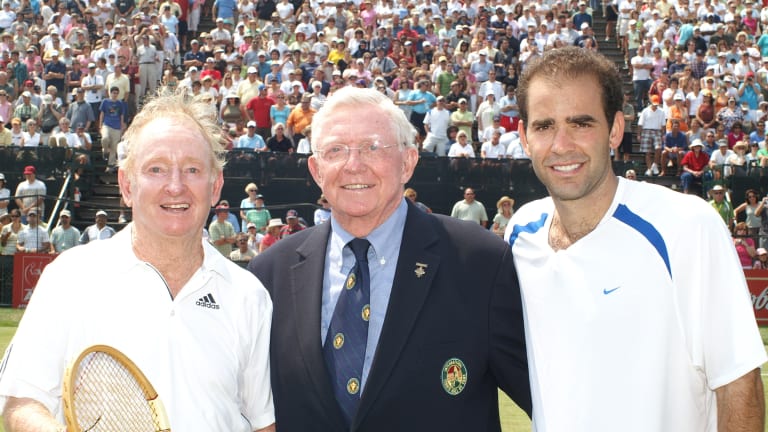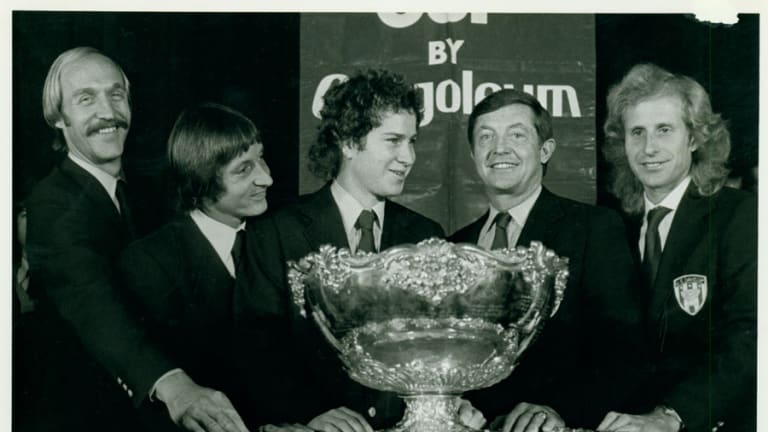Tony Trabert, 1930-2021: Wise, logical and generous to all
By Feb 04, 2021ATP Challenger Tour
Sinner, Alcaraz, Fonseca all won the Next Gen ATP Finals at 18. Will Justin Engel join them?
By Dec 13, 20252025 Year In Review
WTA Match of the Year Honorable Mentions: Comebacks, marathons, anti-epics, and Sabalenka on the winning side
By Dec 13, 2025The Business of Tennis
Garbiñe Muguruza returns to Madrid as co-tournament director
By Dec 13, 2025Social
Alexandra Eala carries flag for Philippines at 2025 SEA Games
By Dec 12, 20252025 Year In Review
Victoria Mboko and Janice Tjen among players honored by ITF for 2025 breakthroughs
By Dec 12, 20252025 Year In Review
WTA Match of the Year, No. 1: Amanda Anisimova comes of age in Aryna Sabalenka Wimbledon stunner
By Dec 12, 20252025 Year In Review
WTA Match of the Year, No. 2: Victoria Mboko escaped Elena Rybakina, and drove her home fans berserk, in Montreal Cinderella run
By Dec 12, 2025Player News
Retired Rafael Nadal jokingly "withdraws" from 2026 Australian Open after right hand surgery
By Dec 12, 20252025 Year In Review
WTA Player of the Year, No. 1: Aryna Sabalenka
By Dec 12, 2025Tony Trabert, 1930-2021: Wise, logical and generous to all
The great champion, U.S. Davis Cup captain and HOF president died on Wednesday night.
Published Feb 04, 2021
Advertising

Tony Trabert, 1930-2021: Wise, logical and generous to all
Advertising

Tony Trabert, 1930-2021: Wise, logical and generous to all
Advertising

Tony Trabert, 1930-2021: Wise, logical and generous to all
Advertising

Tony Trabert, 1930-2021: Wise, logical and generous to all